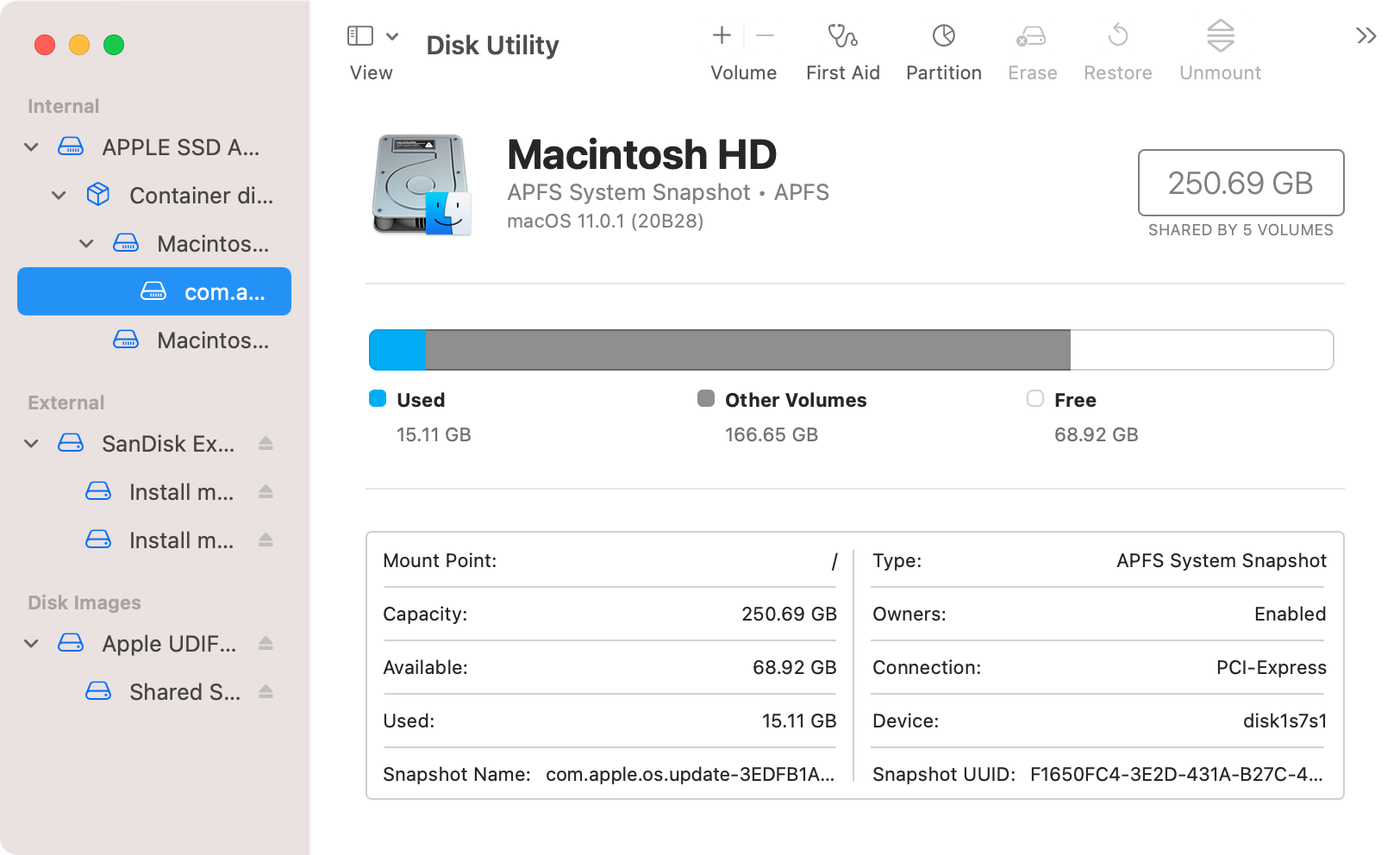I own a 2015 MBP that is currently running on Mojave, because I still used non-64-bit programs for uni.
Now I wanted to update to Big Sur and the update process never finishes. Most of the time I get stuck to the notice "Less than a minute remaining". I let it run the whole night, but nothing. Restarting hasn't worked, because the Mac "updates" for like half an hour and then gets stuck at the same notice.
I tried using cmd+r but when I wanna select Big Sur manually it tells me that there's not enough space on my drive.
I now used my time machine and went back to Mojave.
What can I do to properly update my Mac?
Now I wanted to update to Big Sur and the update process never finishes. Most of the time I get stuck to the notice "Less than a minute remaining". I let it run the whole night, but nothing. Restarting hasn't worked, because the Mac "updates" for like half an hour and then gets stuck at the same notice.
I tried using cmd+r but when I wanna select Big Sur manually it tells me that there's not enough space on my drive.
I now used my time machine and went back to Mojave.
What can I do to properly update my Mac?


